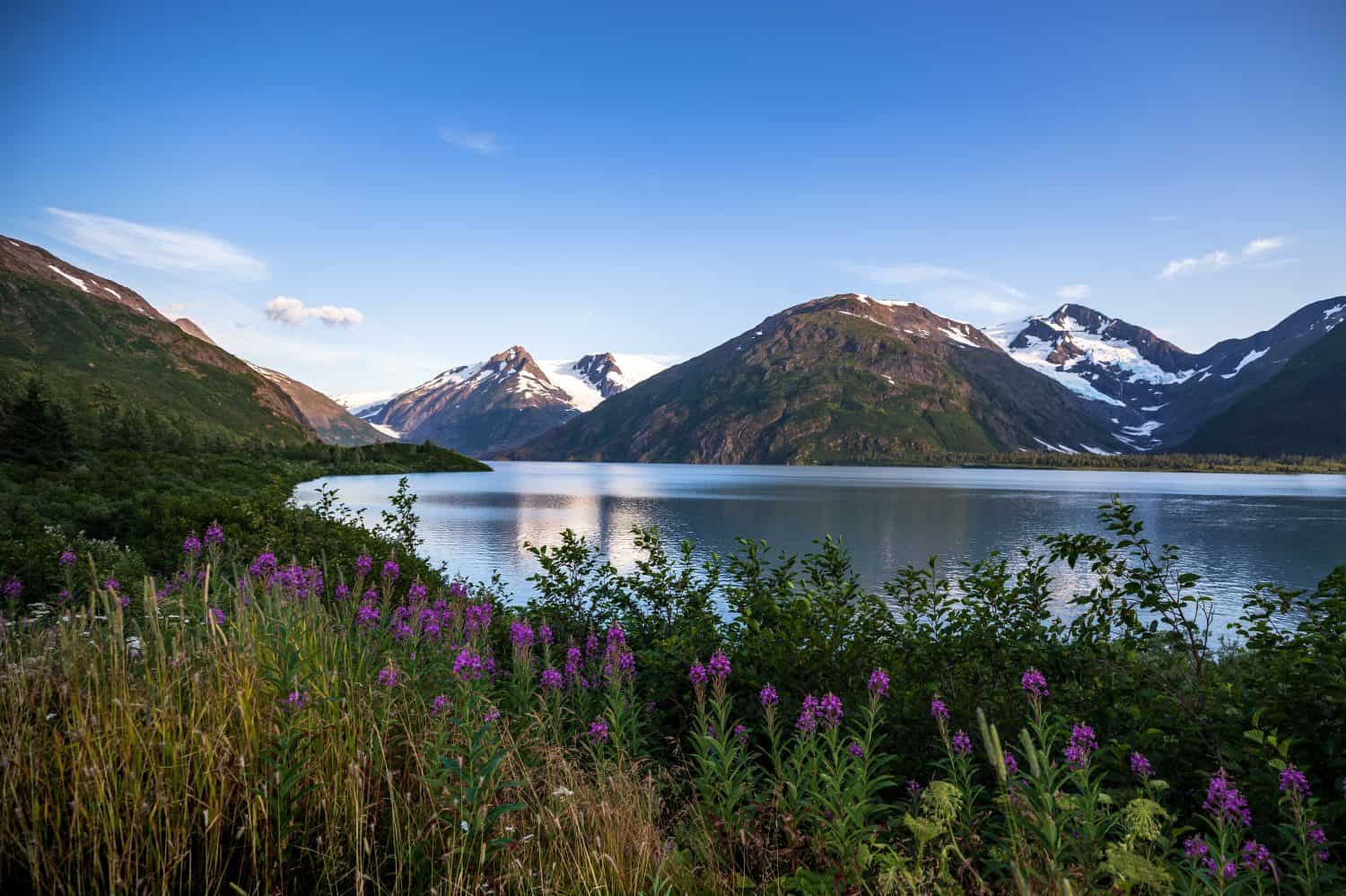
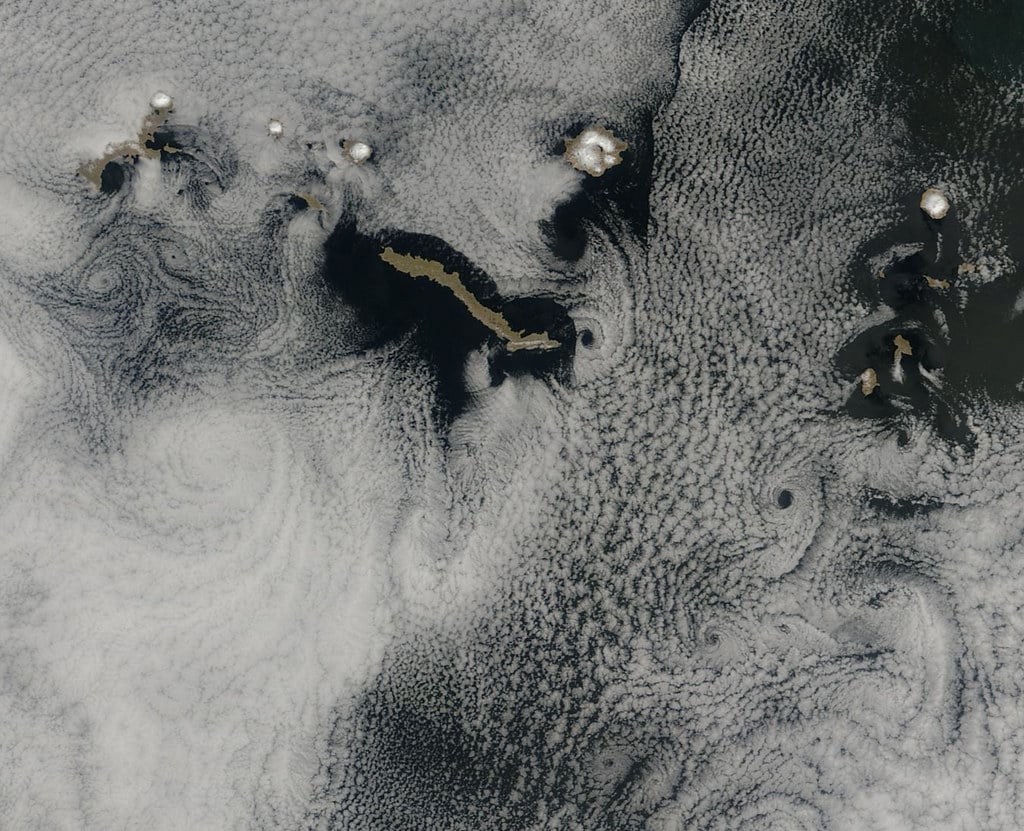
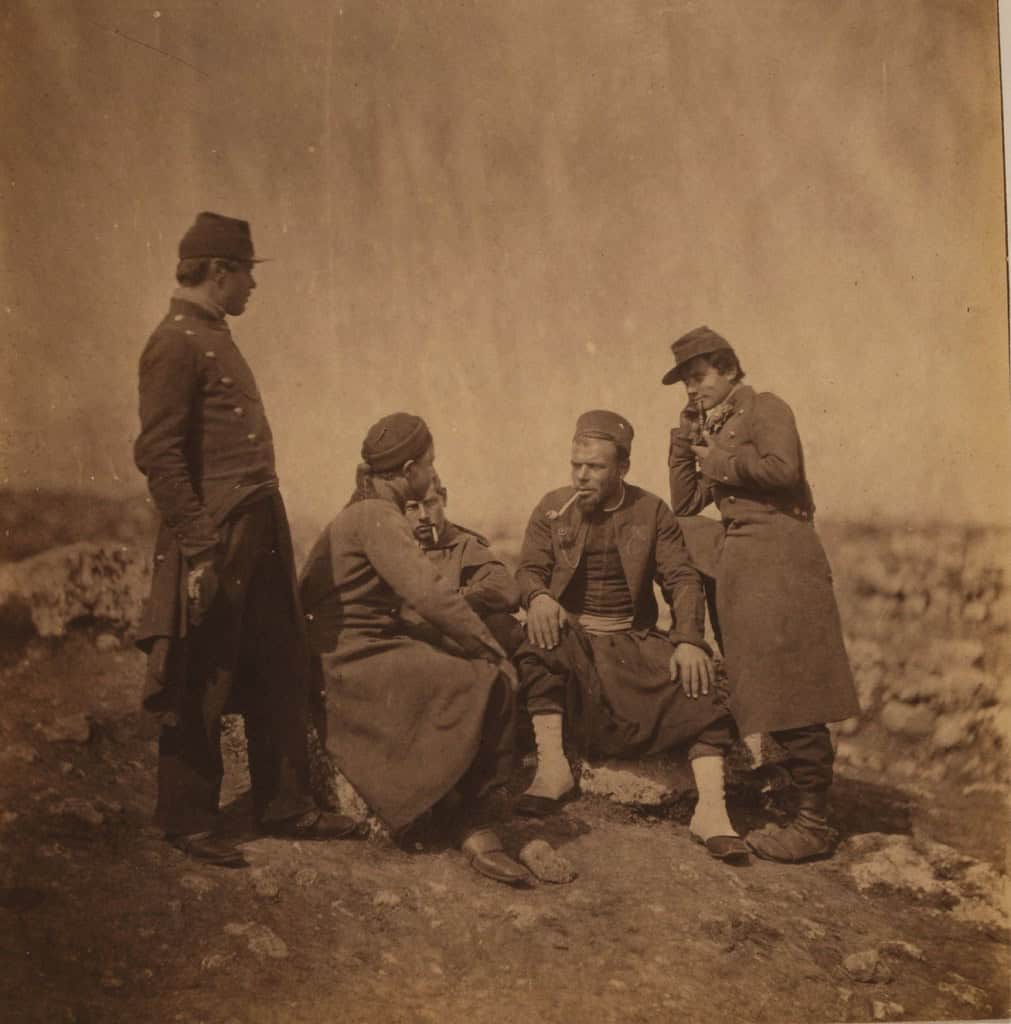

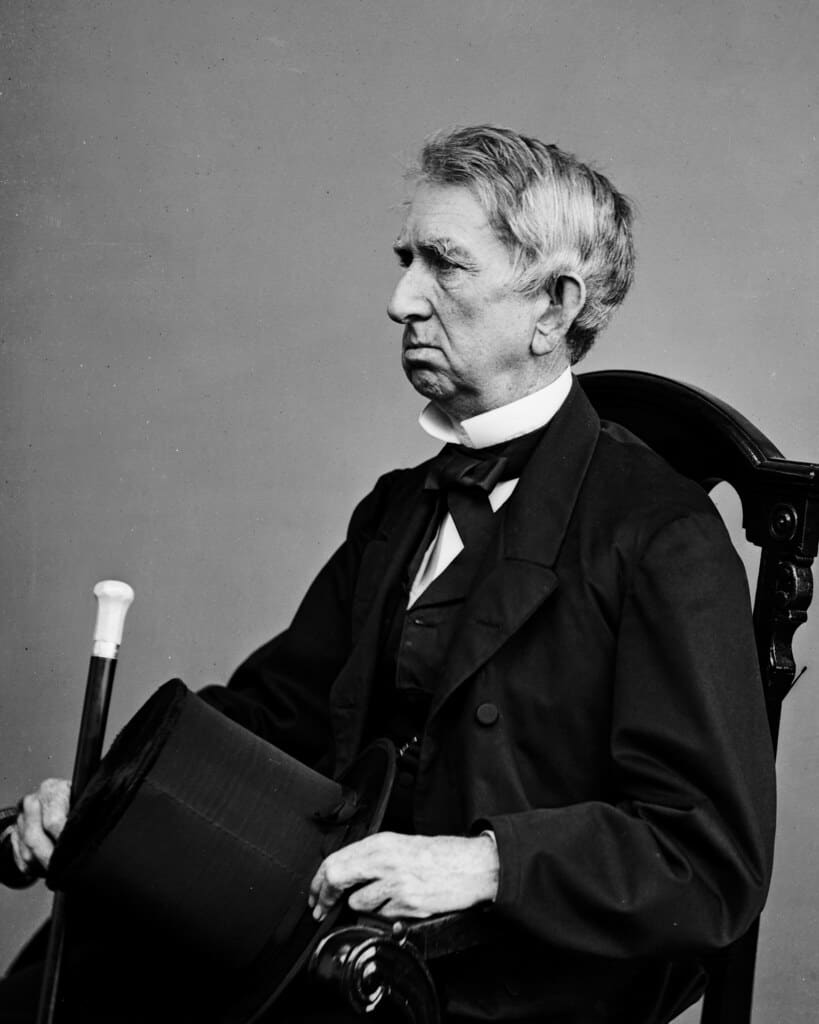
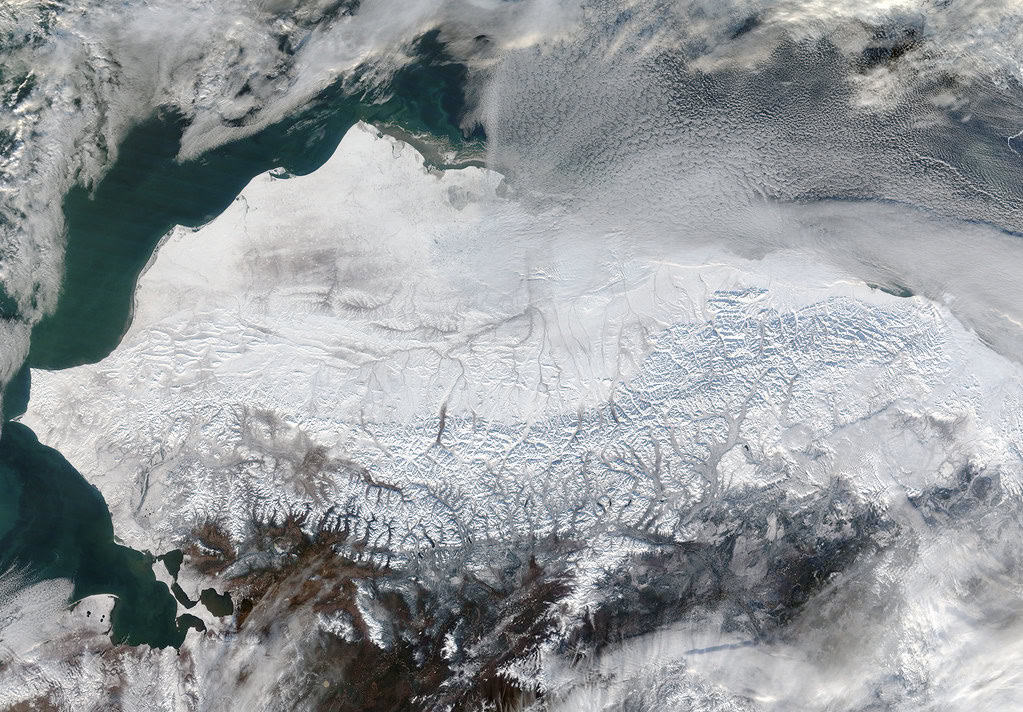
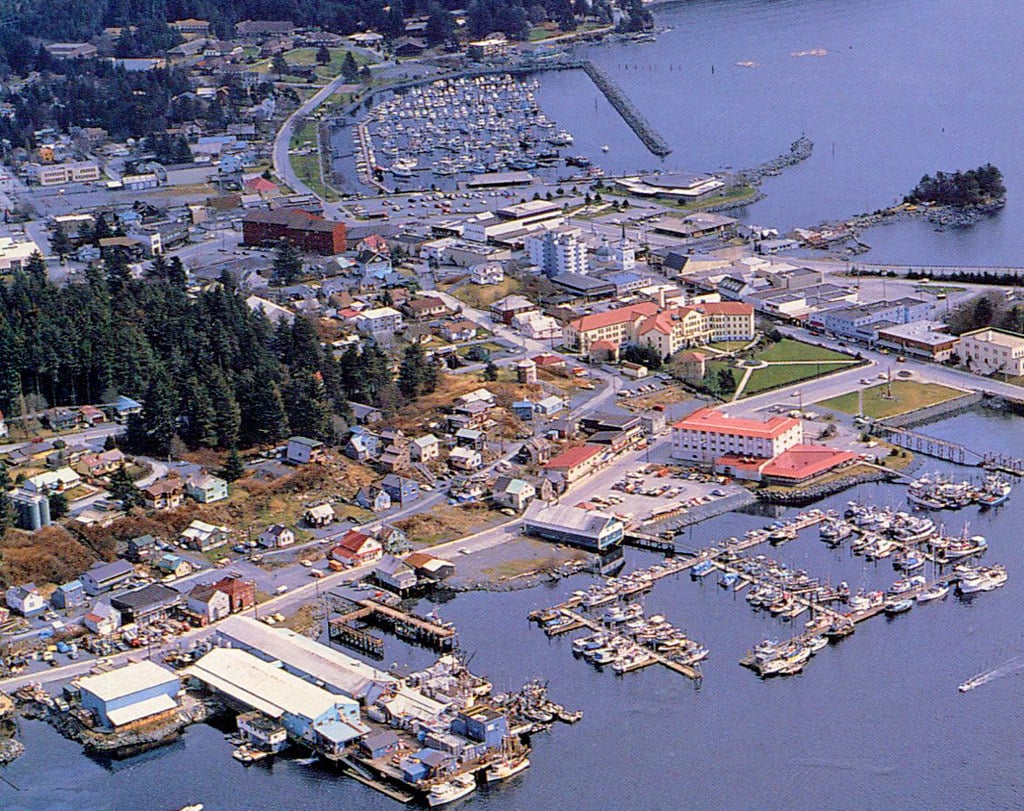
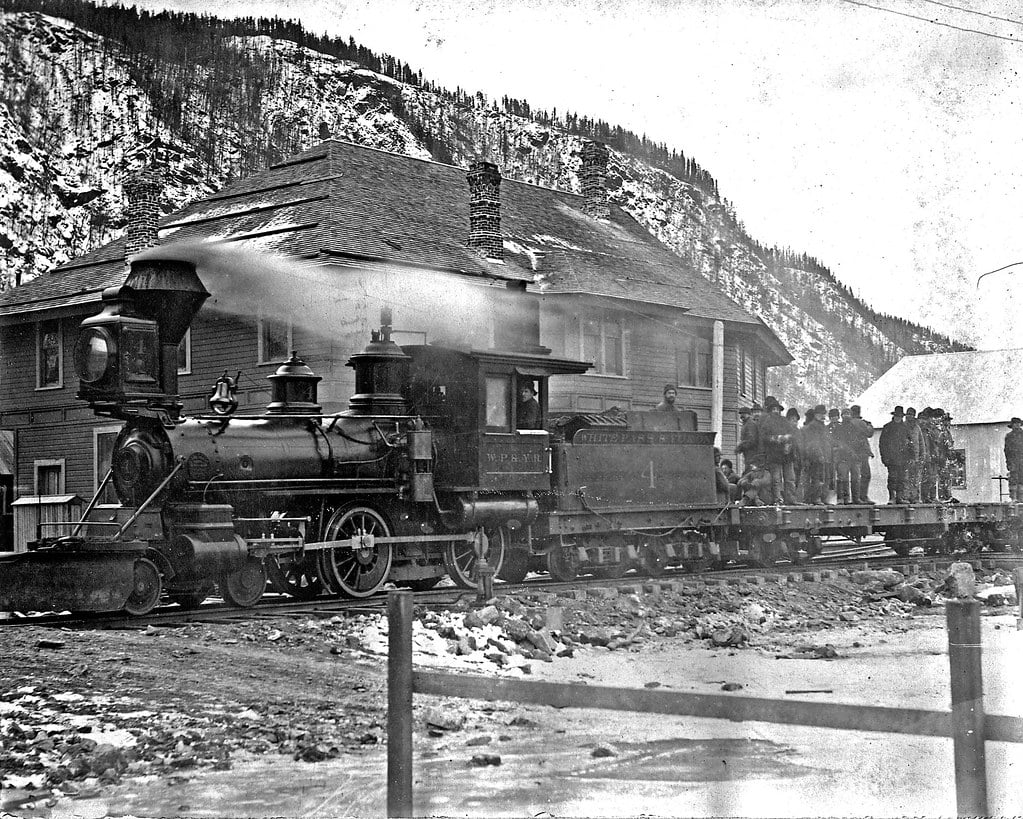
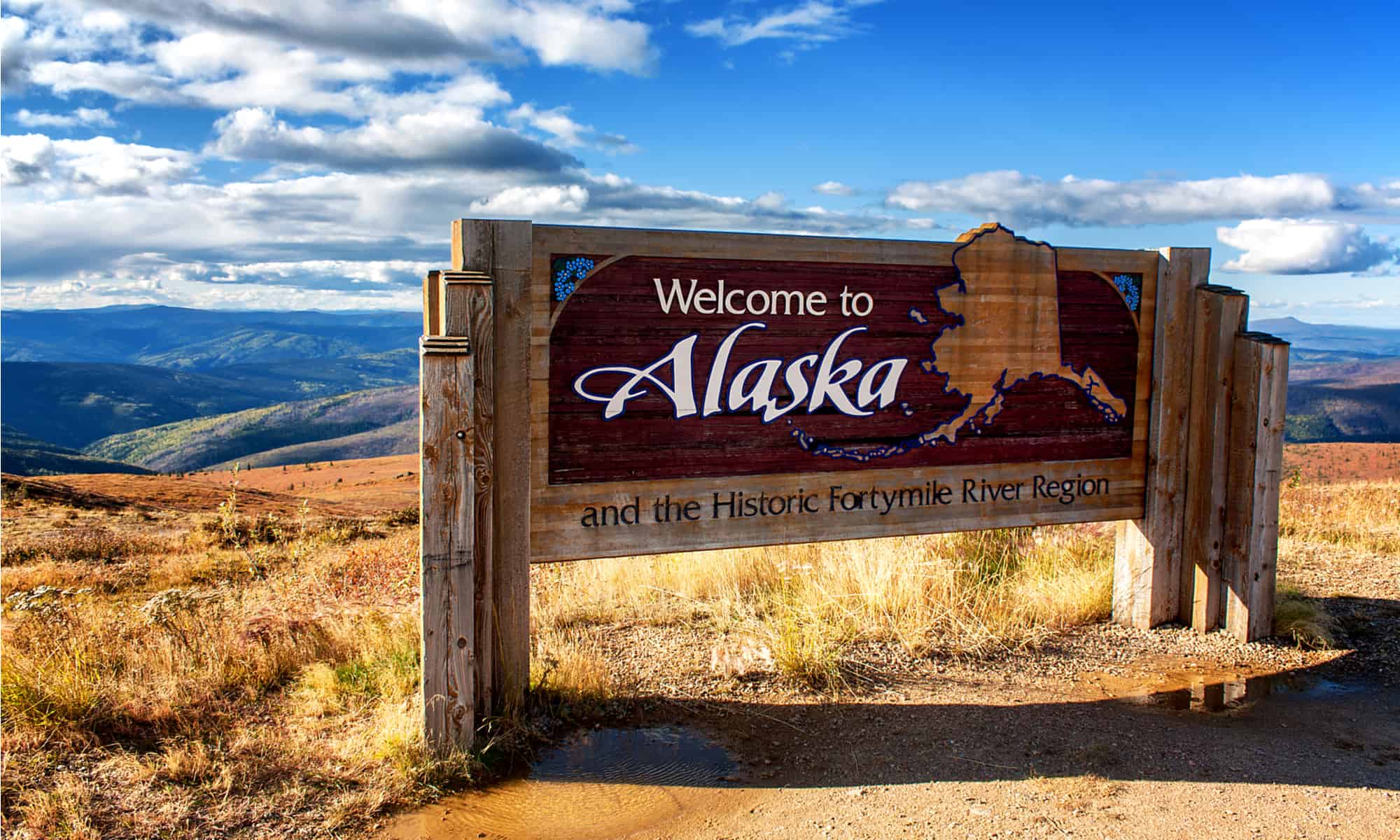


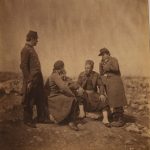

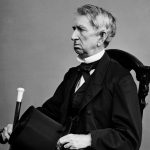

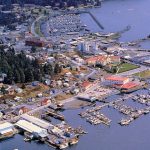
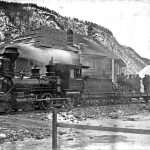

Was this Bargain Basement Land Deal the Best in U.S. History?
Aside from the original 13 colonies, the United States was built on the art of the land deal. In 1803, the United States purchased the Louisiana territory for a song, adding 530 million acres to the country's holdings. 1867, while the country was still reeling from its Civil War, it purchased Alaska for a steal and got quite a bargain in the process.
Russia's North American Presence
Before it would become the subject of a land deal, Alaska was the only Russian holding in North America. Russian settlers would arrive in the territory in 1732, inhabiting a territory larger than the state of Texas. The earliest European settlers in Alaska numbered less than a thousand, and it was decided not to make the land a colony.
The Crimean War
The whole reason Russia was open to a land deal was due to the disastrous Crimean War. Waged from 1853 to 1856, it saw Russia ultimately defeated thanks to a massive alliance between France, England, and the Ottoman Empire. The decision to sell Alaska was pragmatic, as it was fairly close to British land holdings in North America.
The Seeds of Negotiation
Talks began between Russia and the United States in 1857, but no land deal would be reached. While Russia was reeling from the Crimean War, the American Civil War was just around the corner. As such, any possibility of negotiation was stopped until the Civil War's end. Aristocrats within Russia were already warning the American domination of the continent would occur regardless.
Seward's Folly
The Alaska land deal was masterminded by Secretary of State William Seward and Russian diplomat Eduard de Stoeckl. Around 586,000 square miles of land would be added to the United States for the modern equivalent of 129 million dollars adjusting for inflation. The United States had a port closer to Asia and Russia, despite critics' claims.
Historical Myths
The Alaska land deal has often been referred to as Seward's Folly due to the notion that it was largely useless land. However, Alaska was rife with natural resources, including oil and gold. By and large, the purchase of Alaska was seen as a positive addition to the United States by the general populace. A historical myth persists that it was a useless venture, but history barely gives legitimacy to such a claim.
Peaceful Transfer
The land deal itself was completed on March 30th, 1867. Mere months later, in October of the same year to be precise, a transfer ceremony would occur in Sitka. By all accounts, this was the most positive transfer of power seen in American history. The Russian flag was lowered, the American flag was raised, and all Russian infrastructure was given to the current owners.
Gold Rush
Nearly 30 years would pass before Alaska would see a population boom after the land deal. The District of Alaska, as it was known at the time, had residents numbering in the 10s of thousands at the time. 1896 would see the discovery of gold and sparked off the Klondike Gold Rush. A population surge, like other frontier towns, occurred as a result.
Statehood
Despite being an American possession for nearly a century, Alaska wasn't made a state right after the land deal. It would achieve statehood in 1959, years after the original purchase and such monumental events as both World Wars and the start of the Cold War.
